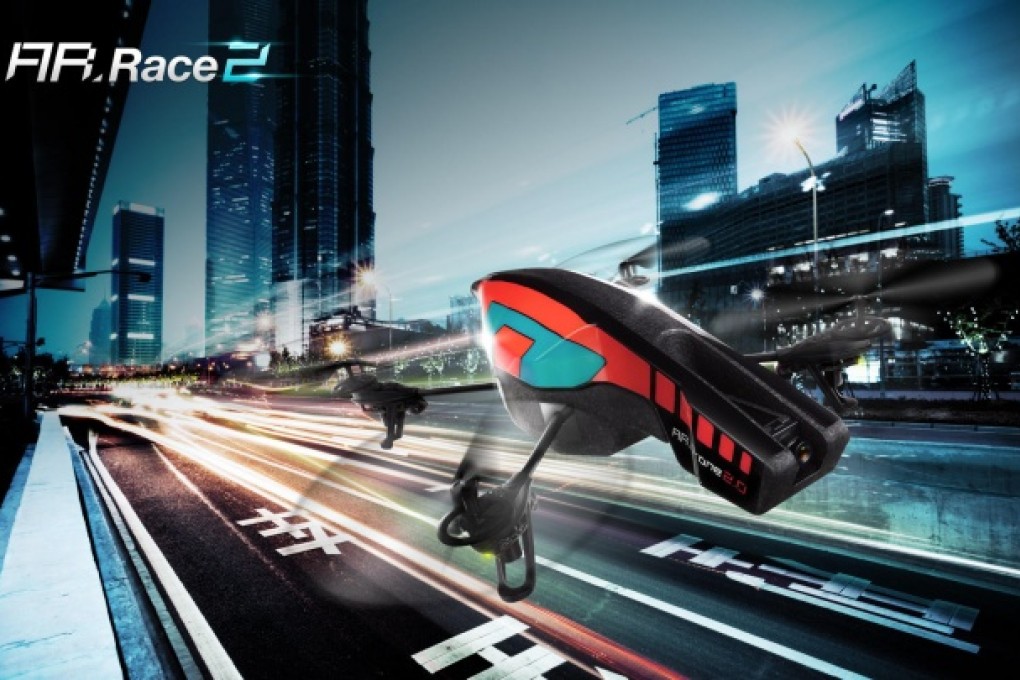Altered states
Augmented reality can turn any place into a virtual playground, writes Jamie Carter

so innocently, with travel apps overlaying information on real-life tourist spots. Once the reserve of geeks and gamers, augmented reality (AR) is now open to anyone with a smartphone or tablet, and there's a slew of web-connected toys, headsets and even mechanical birds that blur the line between fact and fiction.
To the untrained eye, the Parrot AR.Drone helicopter is a futuristic-looking, remote control device of the type that kids (and adults) have been flying for years. It's controlled by a smartphone using Bluetooth, and has a Global Positioning System (GPS) flight recorder, built-in cameras and Wi-fi to fly through both real and virtual worlds. By recording data and relaying it live to both the user and to others in the online AR.Academy, the toy can be attacking virtual enemy positions while it swoops through clean air. The latest game, AR.Race 2, lets pilots design a course around a garden or room, with real-life trees or furniture acting as obstacles. Tags lain on the floor are recognised by the on-board camera as the start and finish lines.
"This mechanical bird uses its powerful onboard computer to detect, for example, targets which will become the enemies in a video game," says Henri Seydoux, founder and CEO of Parrot. "All of the different elements complement each other - piloting the AR.Drone and real elements, like the trees, folds of the land, wind, and shapes that you recognise, to create an enhanced AR video game."
On its mission to conquer both the real and virtual worlds, the AR.Drone is equipped with two cameras, one of them HD, so that the pilot on the ground can see on their smartphone exactly what the helicopter is seeing - and much more besides.
If the AR.Drone is giving new horizons to gamers and getting them up from laptops and out into the great outdoors, we've got smartphones and tablets to thank. They've become true multimedia platforms, but it's the vast improvement in the quality of their cameras that's allowing toys and game developers to get their collective eye focused firmly on AR.
One such toy is Sphero. The world's first robotic ball controlled by a smartphone or tablet, it pairs over Bluetooth and can be used as the main protagonist in dozens of simple games. Simple driving games - if you buy two - that make your flat a racetrack are obvious, but by overlaying a smartphone screen, it's possible to guide Sphero around, say, a virtual golf course whose holes and parameters are viewable only on the smartphone.
"One thing AR offers is a feeling of relevance," says Fabrizio Polo, computer vision engineer at Orbotix, creator of Sphero, who thinks the real world is important in gaming. "Just as the social web took the internet by storm by offering content with real-world relevance to the users, I think AR will similarly sweep the gaming industry. We've barely scratched the surface." This kind of mixed reality experience is something we're going to see again and again. Skylanders figurines already have radio frequency identification chips inside them that connect to a gaming portal, and Disney Infinity - to be launched this year - will get children to scan a toy with an AR app to play a video game.